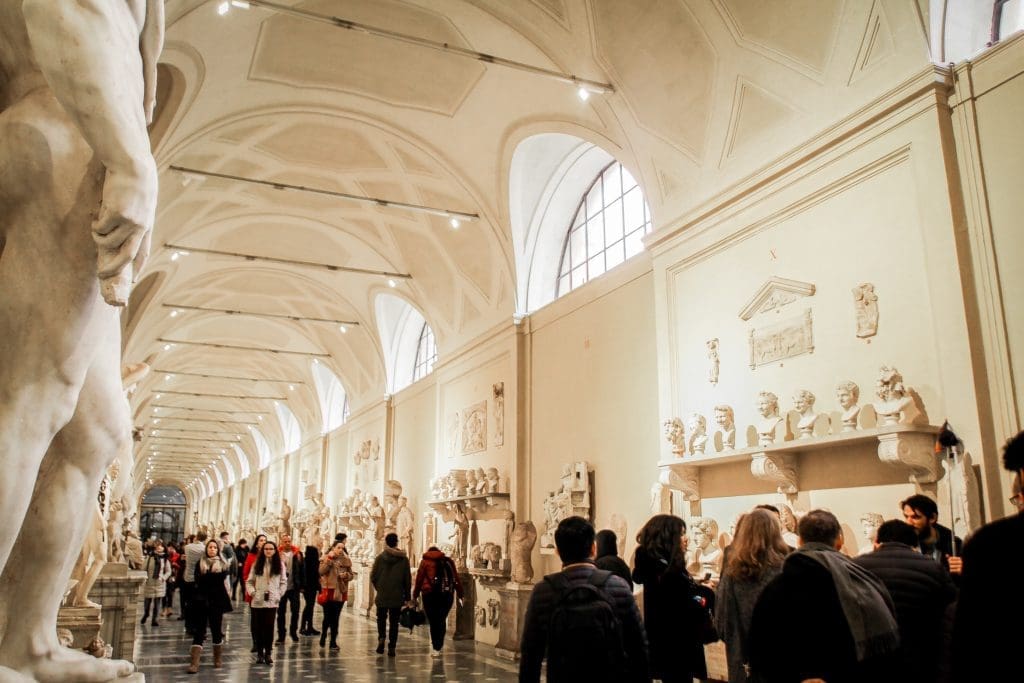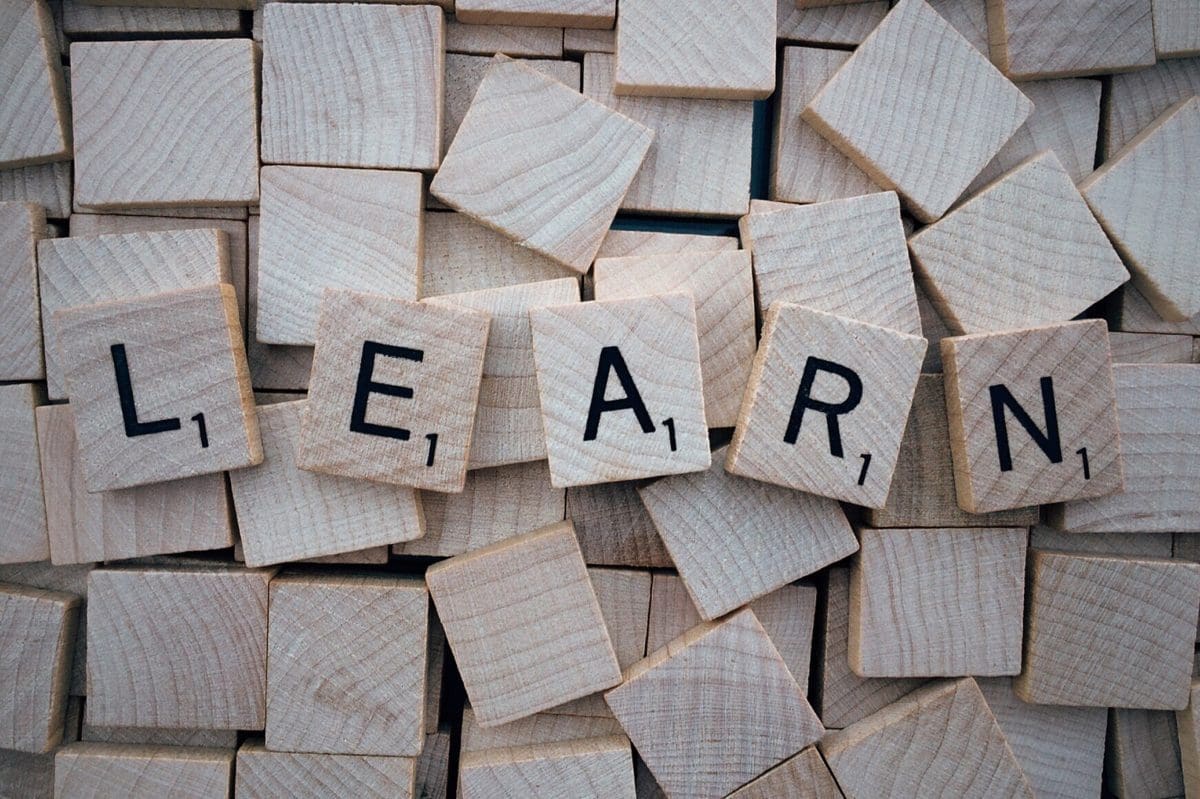Learning is of high priority to every human being – either formally or informally. All humans learn in diverse ways. But today, it is pertinent we explore different patterns or strategies to help increase learning efficiency and build a very interactive learning environment. To make learning more effective, there is a plethora of strategies we can always explore.
Our world has advanced tremendously in recent years; we now have greater control of technology. This has placed humanity in the quest of easily acquiring knowledge.
However, often a time, teachers find it very difficult to maintain a lively, interactive, and conducive classroom with their students. It might be very complex to achieve these grandiose objectives, but with the help of the strategies we will mention in this comprehensive article, you should be able to achieve those goals.
Here, we have compiled 10 strategies that you should try as a learner or teacher to attain the peak of learning.
- Employ Practical Learning

This is very important; this serves as one of the easiest ways to learn. Try to relate practically to the real world. This will create a relationship between the learner and the world around them; whilst creating a permanent understanding. Learning after the normal school routine, like; the after-school clubs, museum, or anywhere in the real-life setting. This will help the learner link a real-life situation with their learning and ignite the learner’s interest.
Learning is not something we can acquire in a little time; we learn until the day we cease to exist as humans. So, grab every opportunity and learn something – no matter how minute it might be, you will never regret investing your time.
Relate what you are teaching or learning with your physical environment, this works hand-in-hand with other strategies we will be explaining in the following sections of this article.
- Making Use Of Audio And Video Materials
This type of learning has proven to be very effective for learners. It has been noted that people learn very fast from images, videos, audios, or infographics. According to research compiled by 3M, visuals are processed 60,000 times faster than text.
Moreover, learning materials should be recorded, whenever the learner is free and he or she can listen and/or watch it. Moreover, acquiring historic materials and collecting playback of public lectures will also help you learn faster.
- Interactive Storytelling

Interactive storytelling is the form of telling stories enhanced with digital, technological, or collaborative interactive features to provide content adapted to new behaviors. This strategy will help you achieve the zenith of assimilation and concentration of all students, as they will never want to miss any detail in the process.
The prime example of this method application is History Adventures. Their award-winning digital book, History Adventures, World of Characters, Revolutions & Industrialization, 1750 – 1900, helps students experience the stories of 5 amazing characters who lived during this dynamic period — brought to life with the help of animations, interactivity, and visual effects.
Developed by Spencer Striker, PhD, History Adventures is taking world history education to a whole new level with 3D experiences, data visualizations, sound effects, and amazing graphics. Importantly, you will also be able to test your comprehension by taking multimedia, rich assessments at the end of each character narrative.
By the way, since History Adventures is a non-profit organization, you can now download their first book for free on iTunes.
- Role Play
It is widely agreed that learning takes place when activities are memorable and engaging. Therefore, role play as a method of learning has proven to be very effective. Using role-playing will boost the learner’s ability to understand and remember more complex topics, especially during history or literature classes – this will bring out the learner’s ability to feel and experience the role while learning.
Moreover, it is fun and motivating, and even the shyest students will get a chance to express themselves. But most importantly, you need to keep it real and relevant, so rearranging the furniture can also help.
- Field Trips

Learners are more able to learn very fast when there is an organized trip that is relevant to their area of study. As a teacher, you should be able to provide your students or engage yourself with appropriate trips that can boost their comprehension of certain topics.
Most students will find it more effective to learn from the actual world rather than their classroom. Interestingly, according to the study conducted by the University of Arkansas, students who go on field trips become more empathetic and tolerant, meaning that such trips also contribute to their socio-emotional growth.
So, try going outside the classroom; field trips, museums, and any other relevant events that can improve the learner’s comprehension.
- Teamwork
Working together as a team is of utmost importance. Team or group work in a classroom teaches students the essential skills related to working as a collective unit to accomplish a mutual goal. And it has already been proven that teamwork gives better results than a single individual of the same level.
Moreover, it also develops students’ communication skills, they will be able to explain their own ideas and opinions more openly and learn to listen. It is also important to assign students into different groups each time so that they could collaborate with people with different backgrounds and interests.
All of these interactive strategies will help you take the learning experience to another level. Please let us know in the comments which of these strategies you are already employing, and which ones you would like to try out in the future.

